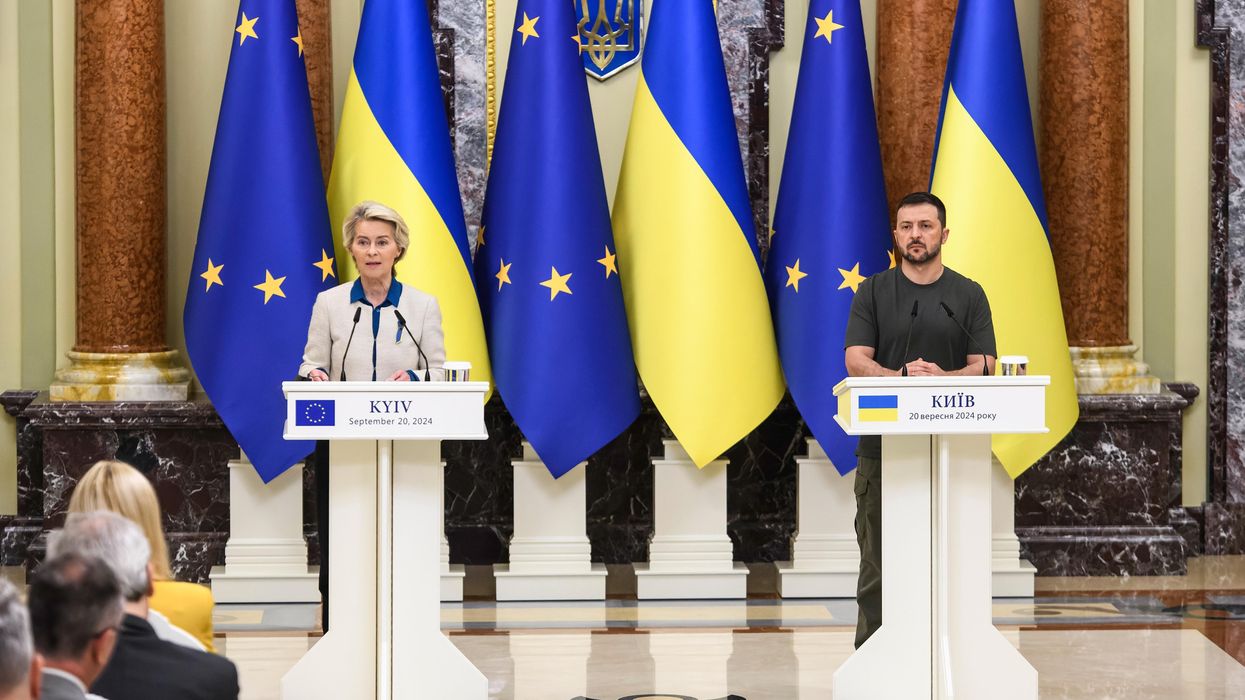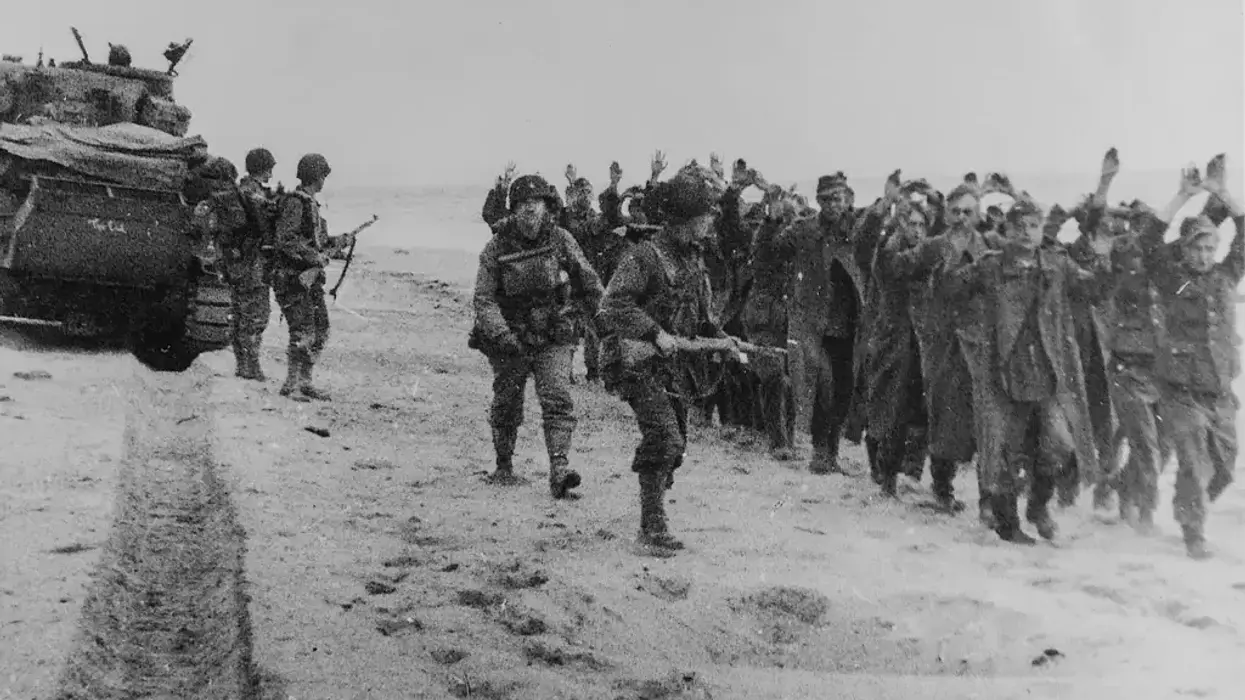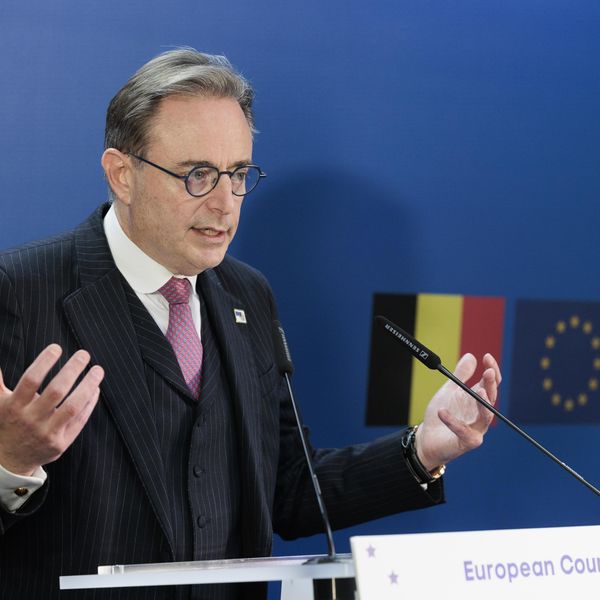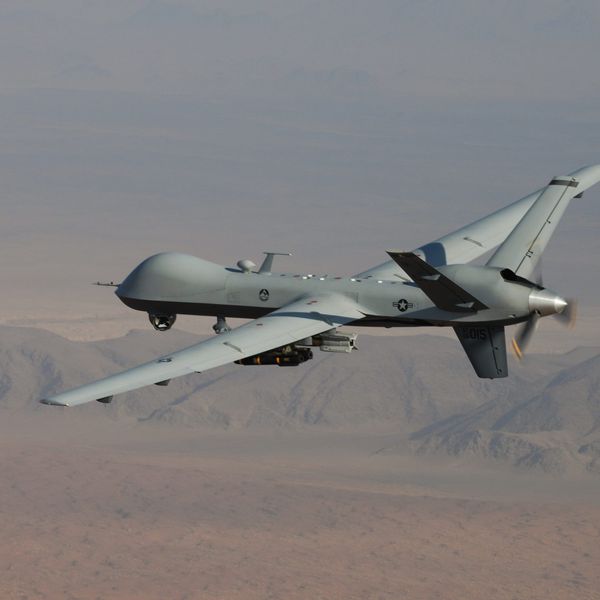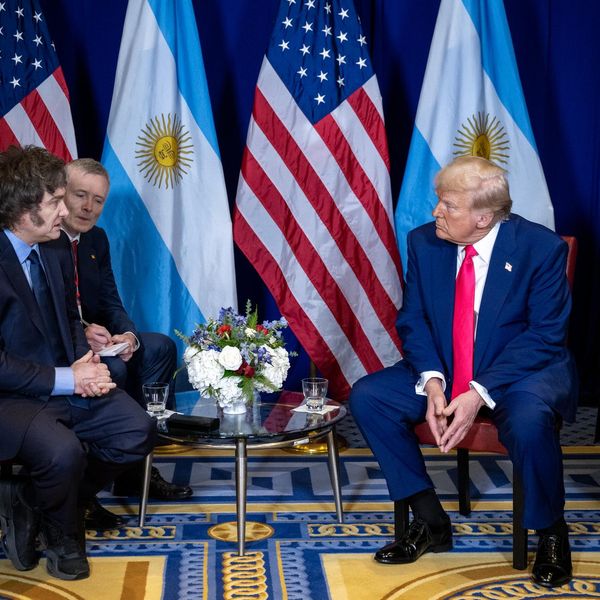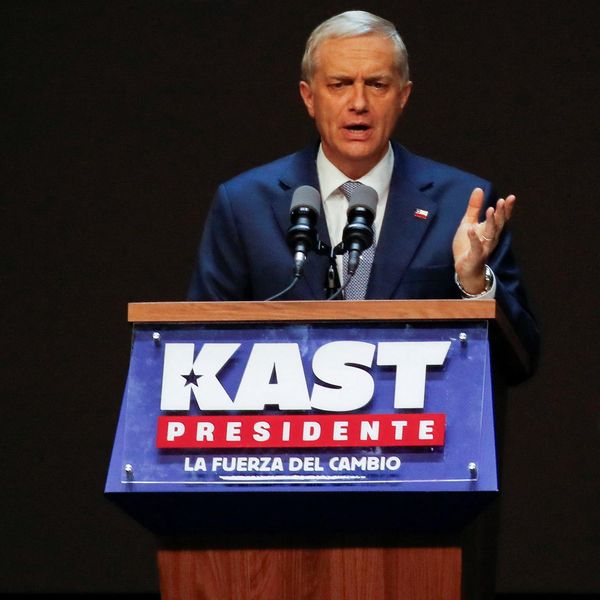The Russian invasion of Ukraine, and the atrocities that have accompanied it, have naturally caused deep anxiety throughout Europe. NATO’s new Strategic Concept for the next decade calls Russia “the most significant and direct threat to Allies’ security and to peace and stability in the Euro-Atlantic area.”
But before devoting huge additional resources to confront Russia, it would be a good idea to take a level-headed look at Russian military resources and the nature and extent of the Russian military threat to NATO. We should not forget how, after the USSR’s collapse, Western intelligence agencies concluded that their Cold War estimates of Soviet military power were greatly exaggerated (just as, it’s worth noting, were Western predictions of an easy Russian victory over Ukraine this year). After all, U.S. and Western resources are not unlimited, and devoting them to defend against Russia means limiting them elsewhere.
In terms of military spending, the United States and NATO are overwhelmingly superior to Russia. In 2021, Russia spent around $66 billion on its military. NATO’s European members alone spent more than four times that. The United States spent more than eleven times that much ($801 billion), though of course it has huge military commitments outside Europe. Moreover, European governments, including Germany, have promised steep increases in military spending, though the details are still far from clear.
NATO’s European fleets alone have almost four times the number of Russia’s surface warships, leaving aside the huge forces deployed by the United States with the Sixth Fleet in the Mediterranean and the Second Fleet in the Atlantic. The assertion in NATO’s Strategic Concept that Russia can pose a serious threat to NATO in the Mediterranean appears unconvincing. Russia’s Mediterranean squadron usually consists of only three frigates and six Varshavyanka-class conventional submarines. The U.S. Sixth Fleet alone usually has around 40 warships, including an aircraft carrier and cruisers, backed not only by the other NATO navies, but also by their air forces.
Russia’s large submarine fleet is another matter. This poses the same two threats to NATO as Soviet submarines once did. First, there is the nuclear threat from Russia’s 12 ballistic missile submarines and 10 cruise missile submarines. Second, there are Russia’s 15 nuclear attack submarines (five of which have been, until this year at least, deployed to the Pacific) and 20 conventional attack submarines (six in the Pacific).
Their chief purposes have been to help protect the deployment of ballistic missile submarines and to attack NATO shipping across the Atlantic in order to hinder U.S. reinforcements from reaching Europe in the event of war. How effective they would actually be is not clear — the United States, Britain, and France together have at least 35 nuclear attack submarines deployable in the Atlantic to protect convoys — but it is to be presumed that they could cause considerable damage.
But would U.S. reinforcements to Europe even be necessary to defeat a Russian invasion of NATO? A Russian army which has had to fight for months to capture relatively small cities in the Donbas hardly looks capable of capturing Warsaw, let alone Berlin. Russia also cannot prevent the U.S. Air Force from crossing the Atlantic to help repel an invasion.
In terms of sheer numbers of troops and weapons, NATO’s European members plus the U.S. troops presently stationed in Europe have a considerable edge. In 2021, the active ground forces (not counting reserves) of NATO’s five main European members numbered more than 500,000 troops, compared to Russia’s 280,000; and most of the latter are currently pinned down in Ukraine (or in tens of thousands of cases, dead or wounded). The United States has six combat brigades stationed in Europe; far smaller than overall Russian forces, but enough to seriously stiffen European resistance.
On paper, Russia has 22,000 armored vehicles compared to NATO’s 16,000. However, the evidence of the Ukraine war suggests that a great many of these Russian vehicles held in storage have in fact deteriorated to the point that they cannot be effectively deployed; and Russia’s remaining superiority in armor over Ukraine has been largely nullified by a combination of Ukrainian courage and NATO anti-tank weapons. The same has been true of Russia’s even more overwhelming superiority in the air when faced with U.S. anti-aircraft missiles.
For the foreseeable future, a very large part of the Russian army will be tied down fighting in Ukraine or guarding against Ukrainian counter-attacks. American and British intelligence estimates suggest that Russia has already lost around a quarter of its effective fighting strength in Ukraine. There is therefore no comparison between the threat posed by Russian ground forces to NATO today with the days when huge Soviet tank armies stood on the Elbe and the Danube.
As to NATO’s European forces, the questions that hang over them are those of both coordination and will. The desire of European countries to preserve their own military industries has led to huge multiplication of sometimes incompatible weapons systems, and separate militaries have overlapping and contradictory command structures. NATO’s promised creation of a 300,000-strong joint rapid reaction force, if it actually materializes, should help reduce the coordination problem and certainly be enough to defeat any Russian attack on NATO as a whole.
As to the European NATO members’ will to fight, this is extremely hard to predict in advance, since it is influenced by so many different factors. Many believe that only the British and French militaries are actually willing to fight — and it must be said that the singularly unimpressive performance of most NATO militaries in Afghanistan and the Balkans has done much to support this belief. However, the images of Russia’s invasion of Ukraine have had a galvanizing effect on European public opinion, which presumably would be replicated much more strongly if Russia actually attacked a NATO member state.
Above all, in almost any conceivable scenario for a ground war with Russia, Poland would be in the front line — and Poles’ willingness to fight against Russia is hardly in doubt. Poland has 111,000 active troops, and 32,000 immediately mobilizable reservists. Six months ago that would have seemed small compared to the Russian army, but the Ukrainians have shown how smaller numbers of well-trained, well-equipped, and well-motivated soldiers can fight much bigger armies to a standstill. And if Russia attacked Poland, it would be inconceivable for the rest of NATO to hold back.
Poland would undoubtedly also come to the aid of the Baltic States if they were attacked. The Baltic — even after the accession of Sweden and Finland — is NATO’s most vulnerable point. Even given Russia’s commitments in Ukraine, Russia could concentrate very superior forces against the Balts, while, for geographical reasons, NATO reinforcement would be challenging. In a battle on the frontiers, the Balts would be overwhelmed.
But then, the Balts would not fight on the frontiers. They would almost certainly retreat into the cities of Tallinn, Riga, Vilnius, and Kaunas and fight it out street by street as the Ukrainians have done, thereby denying Russia a quick victory before larger NATO forces could intervene.
A Russian invasion of the Baltic would, in any event, be a deeply irrational act in purely military terms; and while Putin’s invasion of Ukraine was utterly criminal, it was not insane — after all, as noted, Moscow’s assumptions of an easy short-term victory were shared by Western intelligence. The one circumstance in which Russia might feel compelled to invade Lithuania would be if Lithuania were to blockade access to the Russian exclave of Kaliningrad; which is why the EU would be wise to follow Germany’s lead exempting Kaliningrad from EU sanctions.
There remains what seems to be the really plausible threat of a Russian attack on NATO. Faced with the prospect of actual military defeat in Ukraine, Moscow may fire conventional missiles (of which it still has a large arsenal, despite expending many in Ukraine) at lines of communication in Poland being used to supply Ukraine with Western arms. The intention would likely not be to seriously disrupt these supplies, but rather to terrify the Europeans into supporting a compromise peace in Ukraine on terms acceptable to Russia. The fear would be generated not by the attacks as such, but by the belief that they would lead to a cycle of mutual escalation that would drastically increase the risk of accidental nuclear war; and, in nuclear weapons, Russia remains a superpower equal to the United States.
This would be a very risky step from Russia’s point of view, because there would be a significant chance that, far from intimidating NATO, it would in fact lead to the engagement of the U.S. Air Force on the Ukrainian side, leading in turn either to Moscow’s defeat or a genuine escalation towards nuclear apocalypse in which Russia would also be destroyed. Nonetheless this — not a Russian invasion or naval blockade of NATO — seems to be the real danger of direct conflict between Russia and NATO that we will face in the months or years to come.
Artin Dersimonian contributed to the research for this article.


